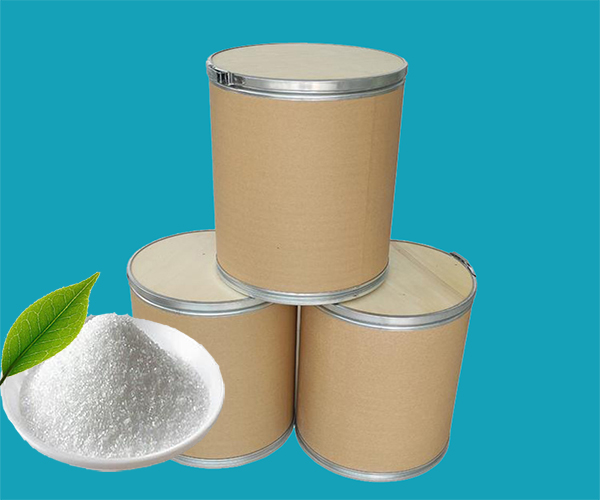Silver carbonate (Ag₂CO₃) is a pale yellow, crystalline solid that is sparingly soluble in water but dissolves in acids, releasing carbon dioxide. It is typically synthesized by reacting sodium carbonate (Na₂CO₃) with silver nitrate (AgNO₃) in aqueous solution. Silver carbonate is light-sensitive and decomposes upon exposure to heat or UV radiation, forming silver oxide (Ag₂O) and carbon dioxide (CO₂). Due to its instability and reactivity, it is often handled under controlled conditions. While not naturally occurring, it serves as a precursor in various chemical processes.
Uses of Silver Carbonate
Organic Synthesis: Used as a mild oxidizing agent in specific reactions, such as the preparation of aldehydes or ketones from alcohols.
Silver Compound Production: A starting material for synthesizing other silver-based compounds, including silver nanoparticles or silver oxide.
Electrochemistry: Employed in experimental battery systems or conductive materials due to silver’s high electrical conductivity.
Photography (Historical): Once utilized in early photographic processes for light-sensitive coatings, though modern alternatives now dominate.
Antimicrobial Applications: Explored in research for its potential antibacterial properties in coatings or medical devices.
Catalysis: Acts as a catalyst or catalyst precursor in certain organic transformations.
Laboratory Reagent: Used in analytical chemistry for qualitative testing or as a source of carbonate ions.
 English
English Español
Español Português
Português Français
Français Deutsch
Deutsch Русский
Русский 中文
中文 日本語
日本語
